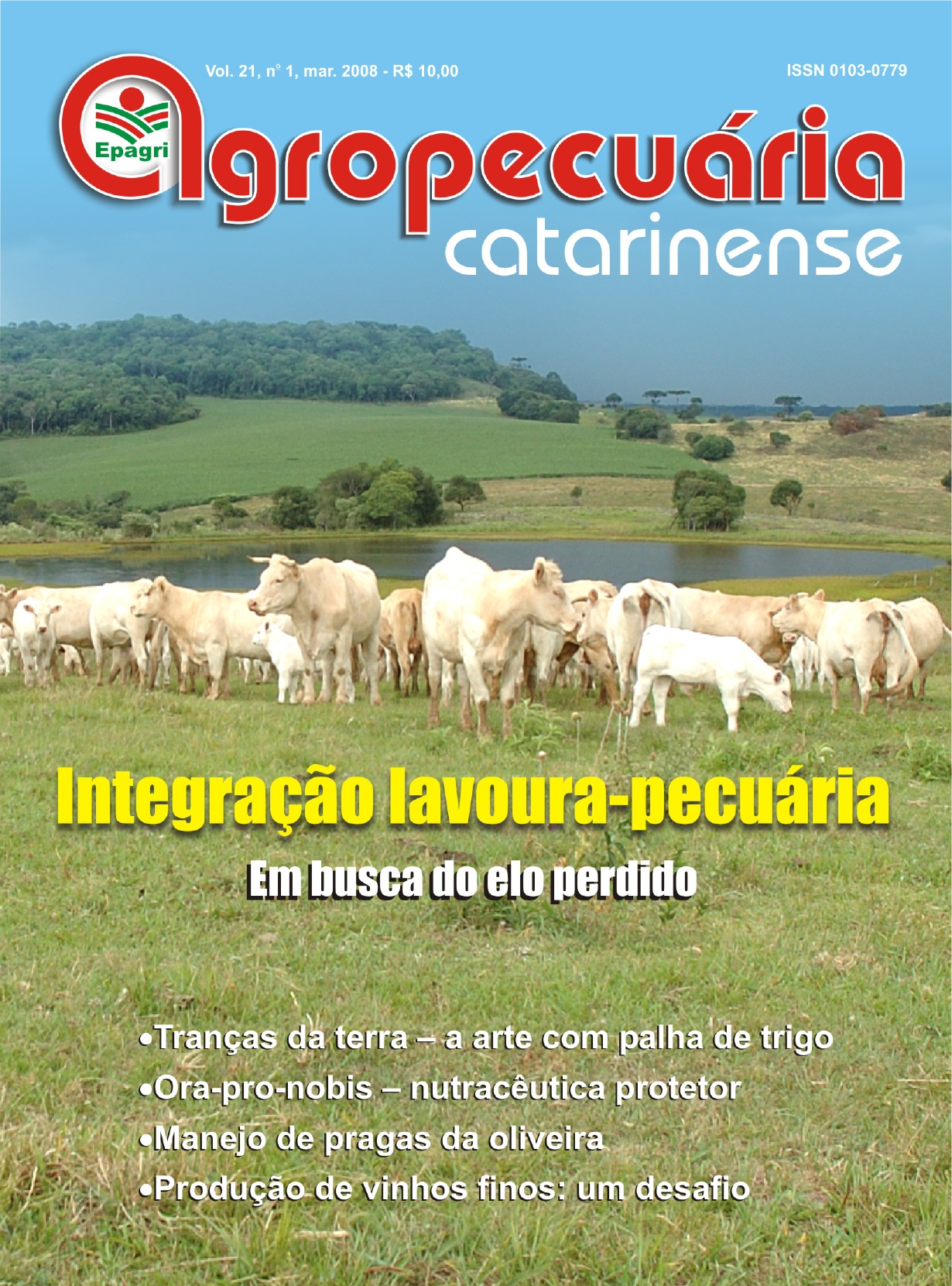Ocorrence of interlesion genetic variability in Pyricularia grisea
DOI:
https://doi.org/10.52945/rac.v21i1.850Keywords:
Magnaporthe grisea, Rep-PCRAbstract
Rice blast, caused byPyricularia grisea (Cooke) Sacc., is the most severe disease of rice. This fungusmay present high genetic variability among strains from different locations or lesions, as well as, within lesions, indicating its mutational potential. The variability of 64 isolates of P. grisea from ‘Epagri 108’ rice panicles was surveyed using Rep-PCR, based on the repetitive element Pot-2. No intralesion genetic differences were found.
However, interlesion genetic differences were found for strains from one of the panicles, which presented three different molecular patterns, indicating the coexistence of more than one strain of the fungus in the same rice genotype. This may have implications in surveys as well as in genetic improvement of rice for blast resistance.
Metrics
Publication Facts
Reviewer profiles N/A
Author statements
- Academic society
- Epagri - Revista Agropecuária Catarinense
- Publisher
- Empresa de Pesquisa Agropecuária e Extensão Rural de Santa Catarina - Epagri
Downloads
Published
How to Cite
Issue
Section
License
Copyright (c) 2020 Maycon Eduardo Nicoletti

This work is licensed under a Creative Commons Attribution 4.0 International License.





